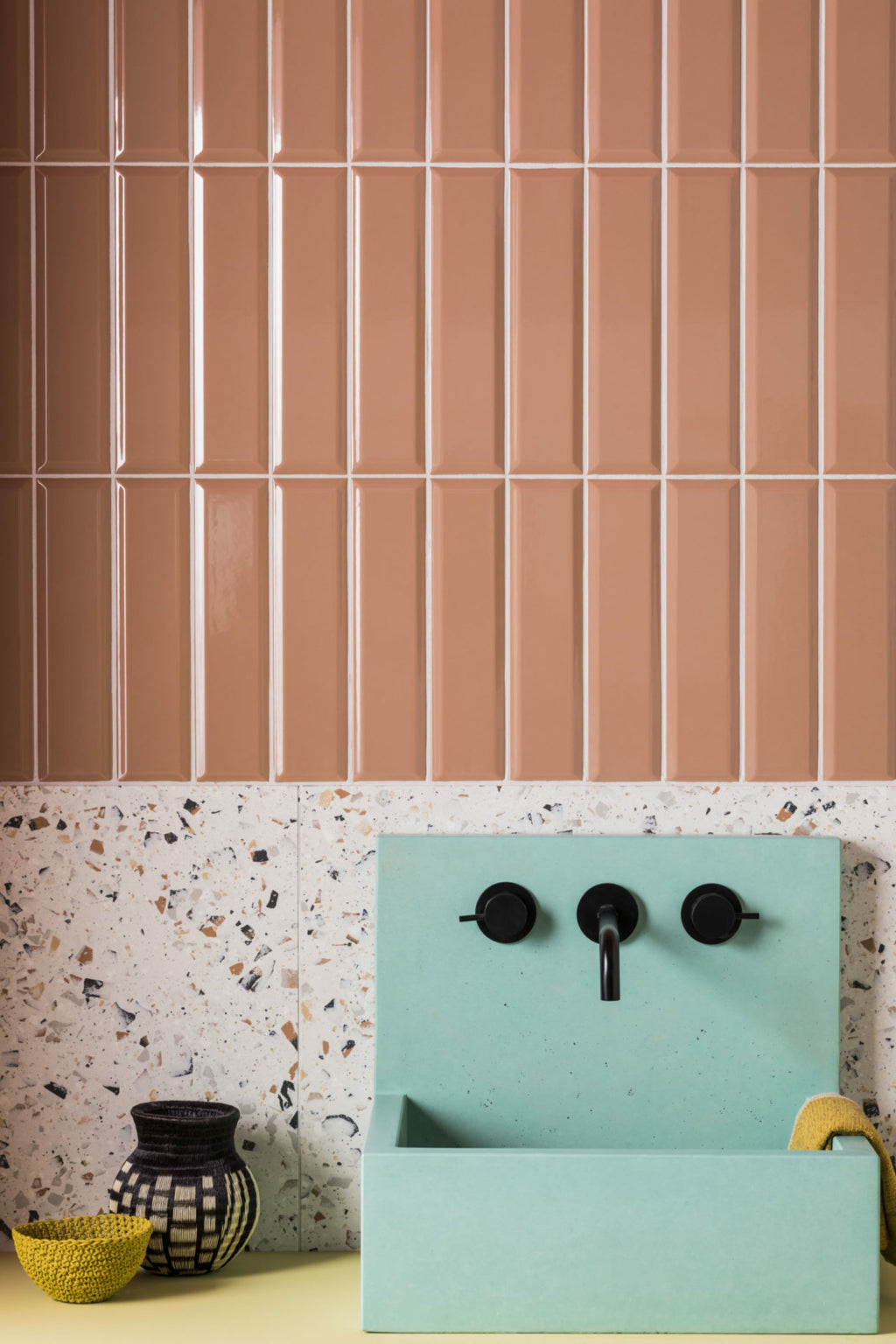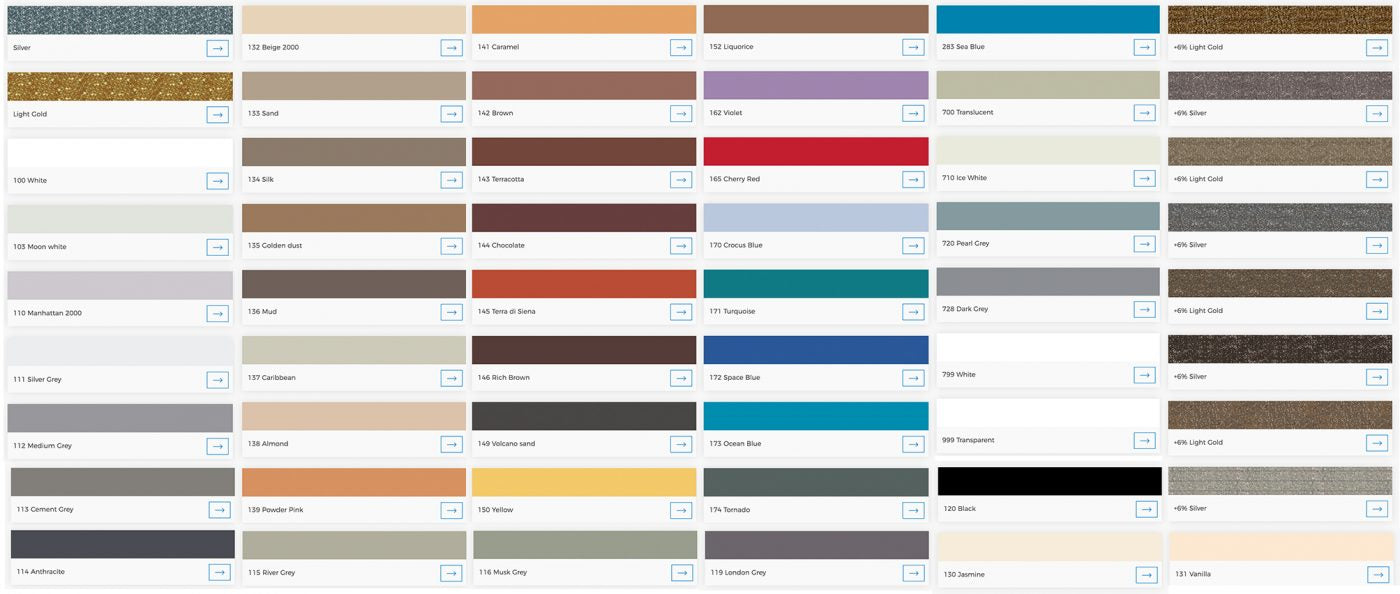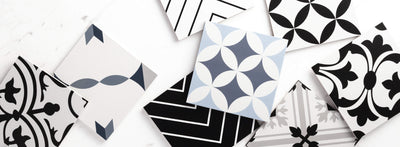The color of your grout will significantly impact your overall design, and is just as important in your decision-making process as choosing your tile color. It will determine whether your eye is drawn to the individual tiles or to the overall pattern. Grout color effects everything from the overall style of your design to the daily maintenance requirements of your installation, so be sure to take your time when considering your grout color options. To help you get started, we've provided the three of our most popular grout color styles below.
Style 1: Match your grout to your tile color
If you want your tile to be the center of attention, and not necessarily the pattern, we suggest matching your grout color to your tile color. This will prevent the eye from being distracted from the pattern found within the grout line. This style works well with neutral tile colors, especially white tile where you want the white to look fresh and clean. Keep in mind that a lighter grout color like white can potentially show more stains and will require more maintenance to keep it looking its best.



Style 2: Choose a contrasting grout color
If you are looking to make a statement with your tile and grout, choosing a grout that contrasts your tile color will do the trick. The contrast between your tile and your grout color will emphasize the overall pattern and layout of your tile, creating a graphic focal point in your space.


A dark grout joint is a great way to add contrast to a classic white subway tile. The contrasting grout warms up the white tile, preventing any sense of sterility while adding depth and dimension. Not to mention, a dark grout is easier to keep clean!


If you do decide to go with a dark grout and a light tile color (or vice versa) it is VERY IMPORTANT to recognize the fact that your grout may stain your tile, especially if your tile has any crackle or crazing to the glaze. If you decide to use a contrasting grout to your tile, be sure to use a sealer or grout release on your tile to protect your glaze. Before installation you'll also want to test a few coats of sealer/grout release to see what treatment is necessary. One coat may not be a perfect remedy and that often times two or three coats may be necessary to ensure the grout doesn't stain your tile. Always test contrasting grouts before tackling your whole project. This concept applies to all of our materials-- tile, brick, and glass.
Style 3: Find a neutral balance
If you are looking for something in between a matching and contrasting grout color, try a neutral that is just a few shades off your tile color. For example in the commercial backsplash below a neutral gray softens the green tile for a look that is eye-catching but not overly graphic and demanding.

Reshipped from https://www.bhg.com/home-improvement/tile/installation-how-to/tile-grout/.

